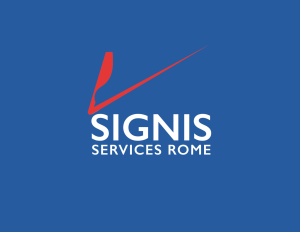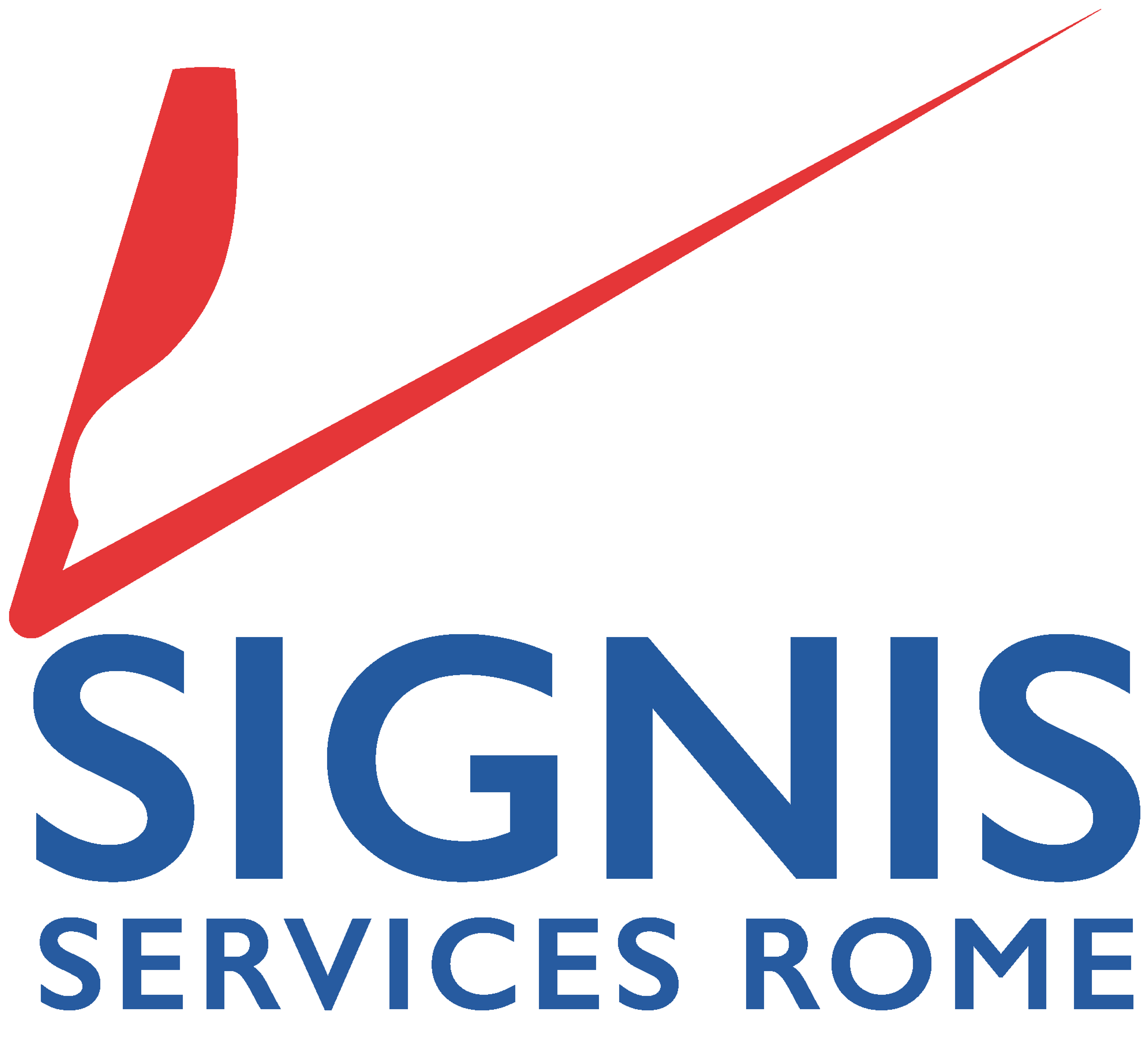

Apply now – Fundraiser & Project writer at SIGNIS Services Rome
Rome, September 18tth, 2023 SIGNIS Services Rome Fundraiser & Project writer – Job Description Overview: SIGNIS Services Rome (SSR) is a branch of SIGNIS, World Catholic Association for Communication. SSR assist church-related entities

A new audiovisual production studio in Miniature Africa, Cameroon
Fr. Aurélien Lehoun Mbea – the Director of Communication of the Diocese of Ngaoundéré – defines the Cameroonian people as “multicultural, warm and welcoming” and highlights the potential of the population, but especially the local youth by describing them as artistic and full of talents. With this new project to build an audiovisual production studio, the goal is to train the youth, bring out their talents, promote and enhance them.

Communication center in Togo: rediscovering the local culture and language
Togo is a West African country with a population of about 8 million people. Its territory includes seven dioceses, among which there is that of Atakpamé. 60% of the population is comprised of youth, who face a great challenge: they don’t speak, write or understand the local language and are thus forgetting their culture and traditions. The new communications center of Atakpamé aims at solving this issue by educating the youth and turning them into leaders who express themselves in the local language.

Annual reports – SIGNIS Services Rome
Every year on the SIGNIS Annual Report there is a dedicated section to highlight the work and efforts of SIGNIS Services Rome. Keep reading to find out more about the accomplishments achieved in recent years.

A communications center focused on training: the new reality of Portonovo, Benin
The diocese of Portonovo in Benin is getting ready to develop its brand new communications center. As they wait for the materials and equipment to arrive, they have started doing training sessions focused on the local youth. These sessions are aimed at educating the population about the correct use of the media, the basis of journalism, and how this all can be used to promote evangelization.

Podcasting and the power of audio storytelling: a training course by SSR
Audio is one of the most versatile and flexible media there are. It is one of the most simple yet effective ways of getting a message across, and over the years it has transformed passing through soundwaves across the world in the form of radio shows, music, and nowadays, podcasts.

Florence Flomo: the young voice of Radio Paraclete
Radio Paraclete, a radio station guided by the holy spirit as its name indicates, has been broadcasting in the diocese of Gbarnga, in Liberia, since early 2020. This radio station was born from Bishop Anthony Borwah’s vision to evangelize through the use of the media, for which he contacted SIGNIS Services Rome to turn it into a reality.

Using M.E.A.L. Data
By getting to this point, some of the important steps in the data analysis process are complete, but the data you’ve just analyzed can be difficult to understand because it is extensive, complex, and is scattered across a collection of spreadsheets and documents. For this, there is a need to do some work on data visualization and interpretation.

Analyzing M.E.A.L. Data
Data analysis brings order and structure to the data you’ve collected, turning individual pieces of data into actionable information. Through data visualization you interpret and communicate your results. Then, with the process of interpreting the data, you attach meaning to them.
